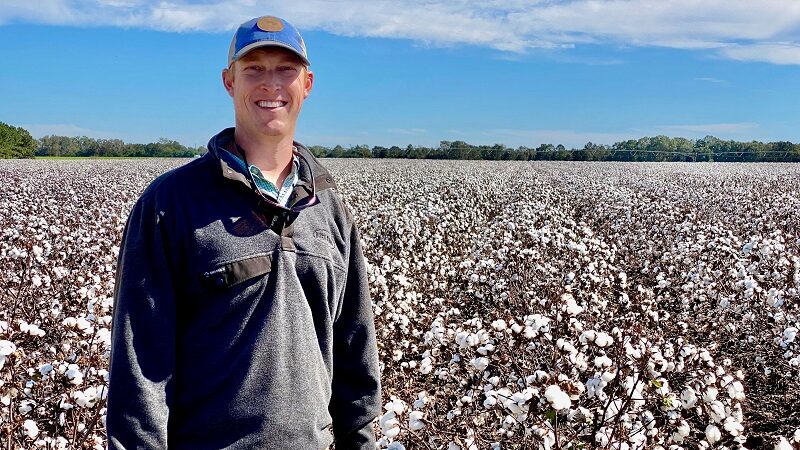The Cotton Race Is On
The classic county and western song “The Race Is On” laments pride and heartache catching up quickly to impact the singer’s current emotions. The tune pretty much sums up the current cotton market race as well, as Brazil (“coming down the backstretch”) and Australia (“moving to the inside”) are jockeying for the leadership position with the U.S. as the world’s top supplier of cotton.
If current trends continue, Joe Nicosia says, the U.S. cotton industry could soon be left with heartache.
 Joe Nicosia (Photo: Beck Barnes)
Joe Nicosia (Photo: Beck Barnes)
Speaking during the Cotton Outlook session at the Mid-South Farm and Gin Show, Nicosia, Head of Cotton for Louis Dreyfus Company, outlined the significant challenges facing U.S. cotton on the global stage. His message is simple and clear: If we don’t compete, we will get beat.
“I think we’ve entered a new era in the United States,” he says. “We may not have realized it, but 2023 was the beginning of a fight for dominance and/or maybe for our survival. The world export market is changing, and we have a real fight on our hands.”
Nicosia has been raising the red flag about Brazil’s growing competitiveness for the past five years. They have massive amounts of land, are sitting on their largest stocks in history, and appear primed to grow production from 6 million bales to 14-15 million bales over the next two years with no signs of stopping. Add in the potential for safrinha (second crop) cotton acres behind soybeans or corn, and the potential numbers are staggering.
And, after two years of drought, Australia now has enough water in its reservoirs to produce 5 to 6 million bales for at least the next two years.
The competitive edge the U.S. has enjoyed for many years is being chipped away, as Brazil and Australia now also provide machine-picked non-contamination cotton, modernized bale production, and quality assurance to the market. Two years of drought-reduced production has left the U.S. with roughly 2.8 million bales in ending stocks. But with plenty of cotton stocks in the rest of the world, the U.S. currently runs the risk of being priced out of the market as other countries are able to manage prices to help reduce oversupply.
Declining world consumption, trade restrictions, and increased competition from man-made fibers also complicate the mix.
“We have to compete,” Nicosia says. “Every time we don’t load a bale, somebody else takes our sale. Our cotton is known as a quality product around the world, and people want it. But they can’t get it if we can’t ship it the way things currently are.”
He offers four ways the U.S. can continue to compete in the current global market:
World consumption goes to 125 to 130 million bales. “Our market share for cotton fiber is better, and if consumption goes up, we’ll win because the market will need everybody’s cotton.”
A weaker dollar to help offset the profitability of foreign production. “The strong dollar hurts not just U.S. farmers,
but other industries in the U.S. as well.”
Weather. “We’ve been on the short end of the stick weather-wise for the past two years. Nobody wishes bad things on other people, but if bad weather impacts the crop in Brazil or India and the U.S. crop is big, we’ll win the war for that year. But that’s something we can’t control.”
A price war. “In the last seven years, the U.S., Australia, and Brazil have never all had large crops in the same year. Australia had two devastating droughts, just as tough as the ones we’ve seen in West Texas in the last two years. Brazil also had two years where their crops weren’t that great either. If all three countries have a crop, the marketing loan program we have in the U.S. becomes so important.”









